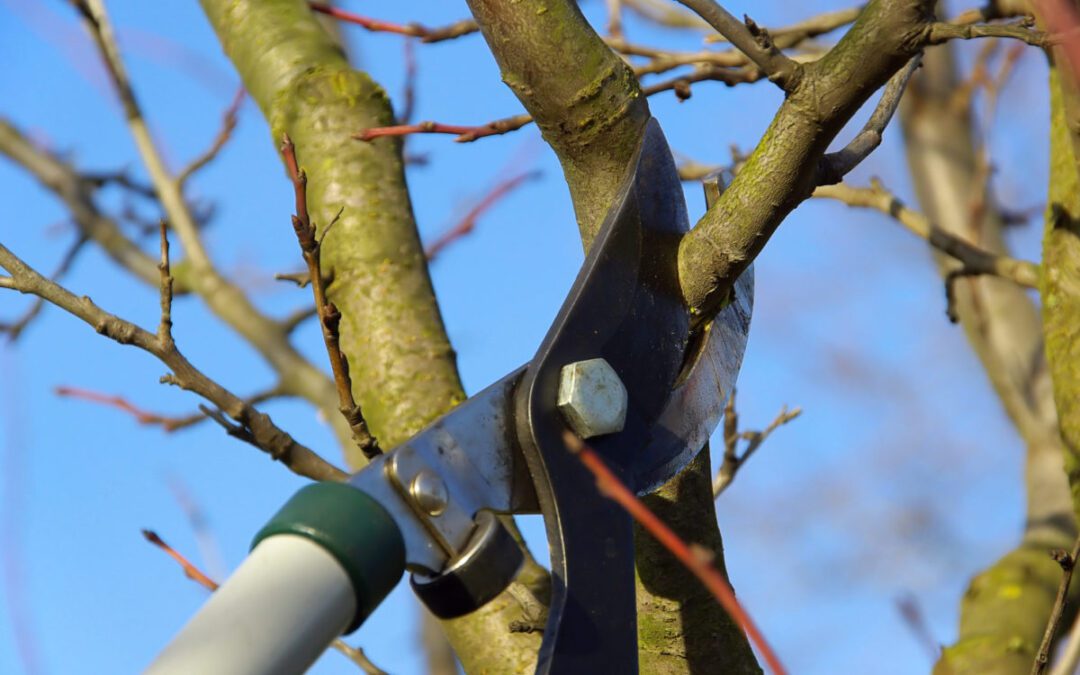The frantic pace of the holidays has given way to the much calmer contemplation of mid-winter, making it a great time to settle in, plan for and nurture some spring gardening projects. This week’s snowy weather certainly encourages introspection. Preferably indoors, under a pile of blankets, with a warm beverage, a sleepy cat in your lap and a stack of gardening magazines and seed catalogs on the coffee table.
But if you’re itching to do some more active gardening this time of year, mid-January into February is an excellent time to do a bit of pruning, especially when we get that odd mild day or two.
So where to begin? Let’s start with your tools. After a busy growing season, your pruners and lopping shears may have lost their edge. It’s a good idea to clean them, too. Some oxidized detergent dissolved in warm water is pretty effective at loosening old dirt and stubborn sap. Once your tools are cleaned, get them sharpened. Many full-service hardware stores can help you out. And remember to size the blade appropriately for the job at hand. Pruning shears are good for branches smaller than forefinger. If the branches are larger, time to break out the loppers or pruning saw.
Now that you’ve got clean, sharp pruning implements, what plants should you tackle? Consider fruit trees. Specimens that are old enough to bear fruit require several things for good production. One of the most important is ensuring that plenty of sunlight reaches as much leaf surface as possible. Pruning can help with this and it is very easy to see the structure of your trees at this time of year. As you prune, aim for a gentle pyramidal shape. Most plants do this naturally as they grow. You’ll also want to remove any branches that have been damaged by storms or are rubbing against each other. Obvious water sprouts can be taken out as well. These are the whip-like, vertically growing branches. And while you have those shears handy, remove any suckers coming from the roots that you can get at through the snow.
Check the branches of plum and cherry trees for Black Knot cankers. This fungus is a dark, bumpy growth on the stems. Prune out any of these cankers, along with 8 to 12 inches of growth below it. Be sure to disinfect your pruning tools by dipping the blades in rubbing alcohol or a mild bleach solution between cuts. You can also spray the blades with Lysol. It’s very important to do this between each and every cut to prevent spreading the infection to healthy parts of the tree.
As far as ornamental trees and shrubs are concerned, remember these few rules. If the plants flowers before early June, prune it right after flowering. Crabapple, lilac and magnolia are a few of the plants in this group. Trees and shrubs that flower later, like potentilla, spirea and weigela, can be pruned or shaped in late winter or early spring. Leave your roses and hydrangea alone and trim them when the new buds begin to show some green. Most shade trees are best pruned in late winter. Oaks are an important member of this group and should be pruned between November 1st and March 1st. And unless there are broken branches, please leave pruning your evergreens until late June.

